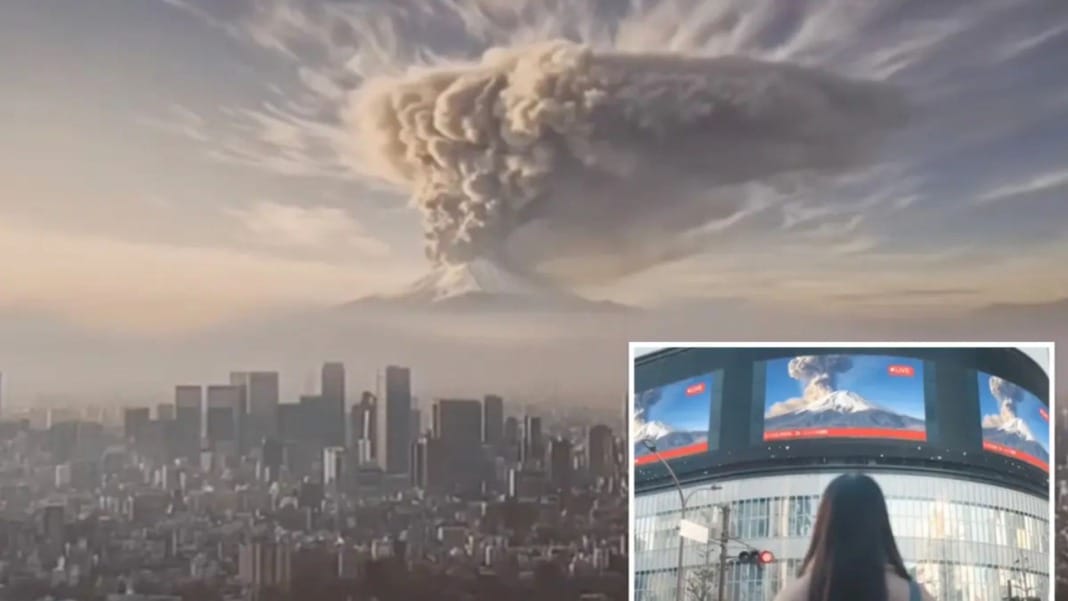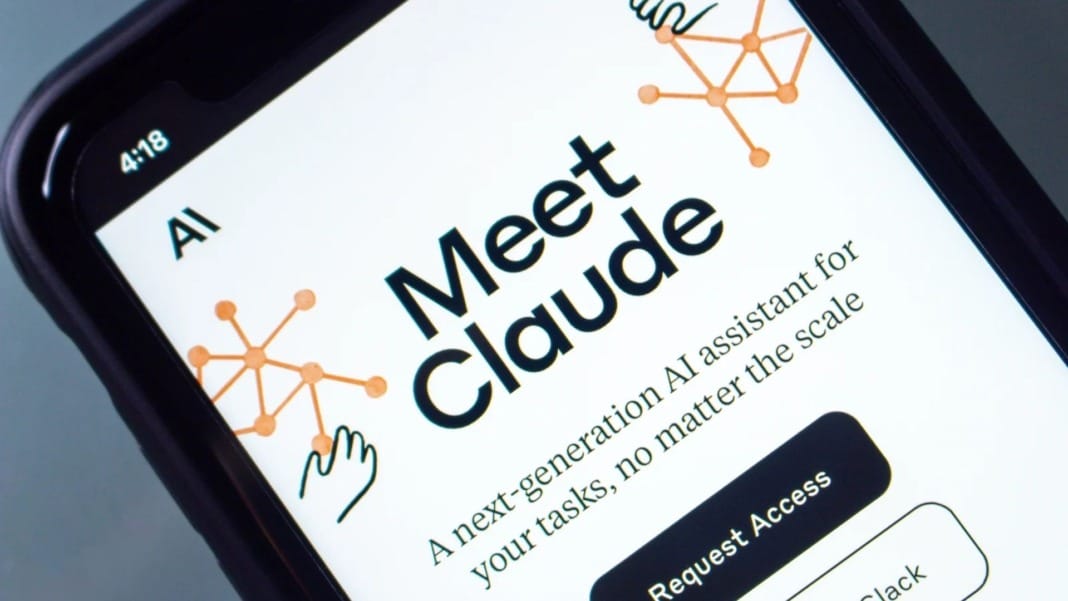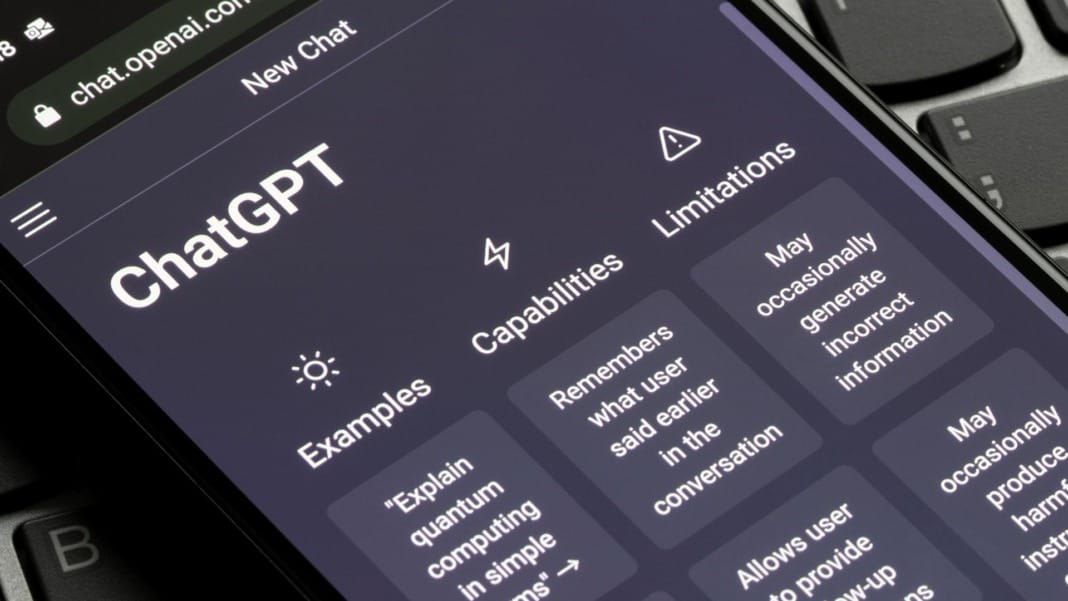Japan has marked Volcanic Disaster Preparedness Day by releasing an AI-generated video depicting a potential eruption of Mount Fuji. The simulation, shared by BBC Asia, shows the iconic volcano erupting for the first time in more than 300 years, sending a massive plume of smoke into the sky and spreading ash across Tokyo, more than 60 miles away.
The video highlights the severe consequences an eruption could bring, including widespread power outages and disruptions to food distribution networks. Although Mount Fuji last erupted in 1707, Japanese authorities are keen to ensure residents are fully aware of the risks and prepared for the possibility of another eruption.
By using artificial intelligence, Japan aims to present a vivid and realistic portrayal of a worst-case scenario, encouraging citizens to take disaster preparedness seriously.
AI becomes a powerful tool for disaster readiness
Japan’s use of AI to create this dramatic simulation signals a growing role for artificial intelligence in disaster planning and response. The realistic video demonstrates how AI can make potential threats feel more immediate and relatable, rather than abstract. Officials hope such tools will improve readiness by helping residents visualise the accurate scale of a natural disaster.
Experts suggest this approach could be adopted by other countries facing natural hazards such as earthquakes, hurricanes, or tsunamis. By offering a clear picture of what could happen, AI-generated simulations may increase public engagement in preparedness campaigns and save lives.
AI video generation becomes more accessible to the public
The Mount Fuji simulation arrives at a time when AI-generated video tools are becoming increasingly accessible to everyday users. Platforms such as Google Gemini now offer Veo 3, a text-to-video tool that allows users to create short eight-second clips. At the same time, Elon Musk’s Grok AI companion features Grok Imagine, which generates videos from either text or images. Both tools are available for free on iOS and Android.
This growing accessibility means that individuals, businesses, and governments can now produce professional-quality video simulations with minimal investment. Once reserved for high-budget productions, AI-powered photo and video generation tools are increasingly offered to all users, regardless of subscription tier.
Japan’s innovative use of AI to visualise a Mount Fuji eruption highlights how artificial intelligence is shifting from a technological novelty to a vital tool for public safety and education. With natural disasters a constant risk, this approach could encourage other nations to use AI as a key part of their emergency planning strategies.





